Obtaining Linguistic Data IELTS Reading Answers
4 min read
Updated On
-
Copy link
Table of Contents

Limited-Time Offer : Access a FREE 10-Day IELTS Study Plan!
The Academic passage ‘Obtaining Linguistic Data’ is a reading passage that appeared in an IELTS Test.
It contains some of the IELTS reading question types. If you are interested in familiarising yourself with all the question types, don’t hesitate to take an IELTS reading practice test.
Obtaining Linguistic Data
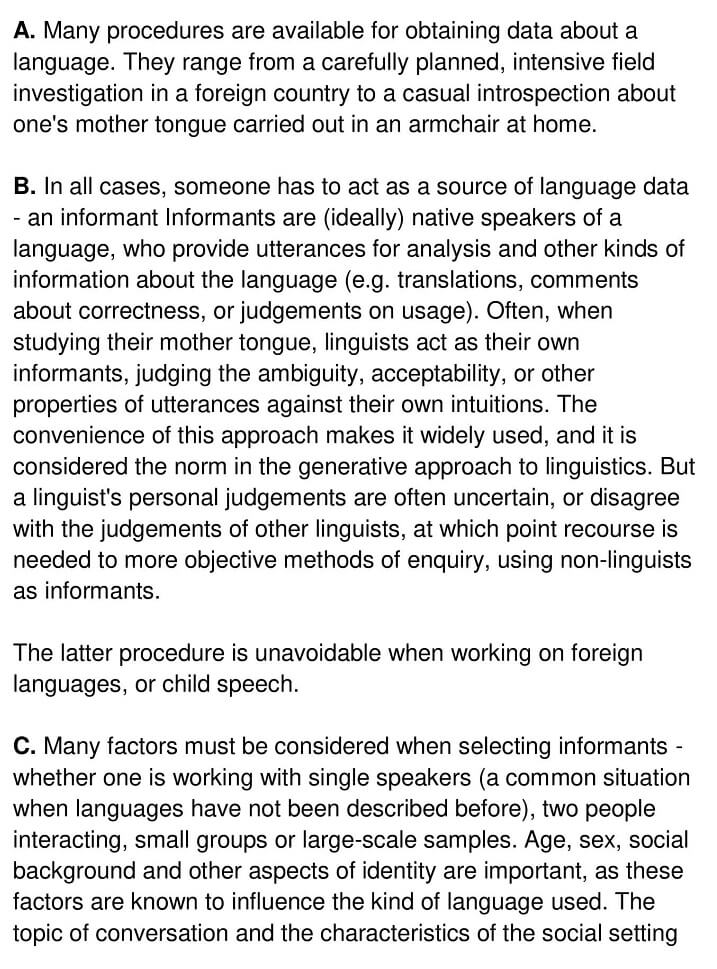
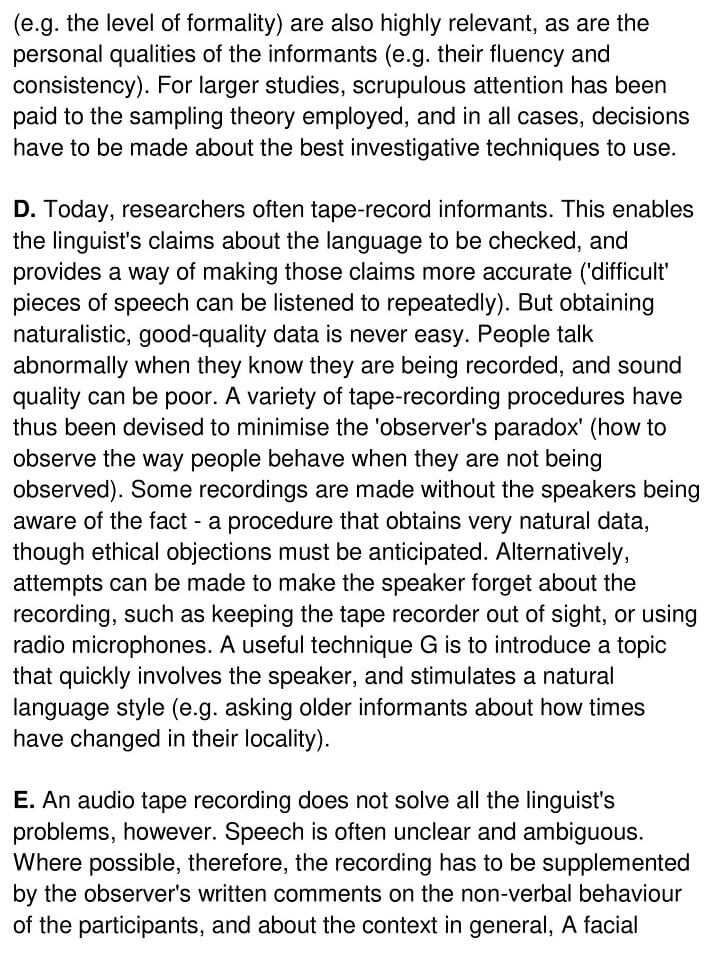
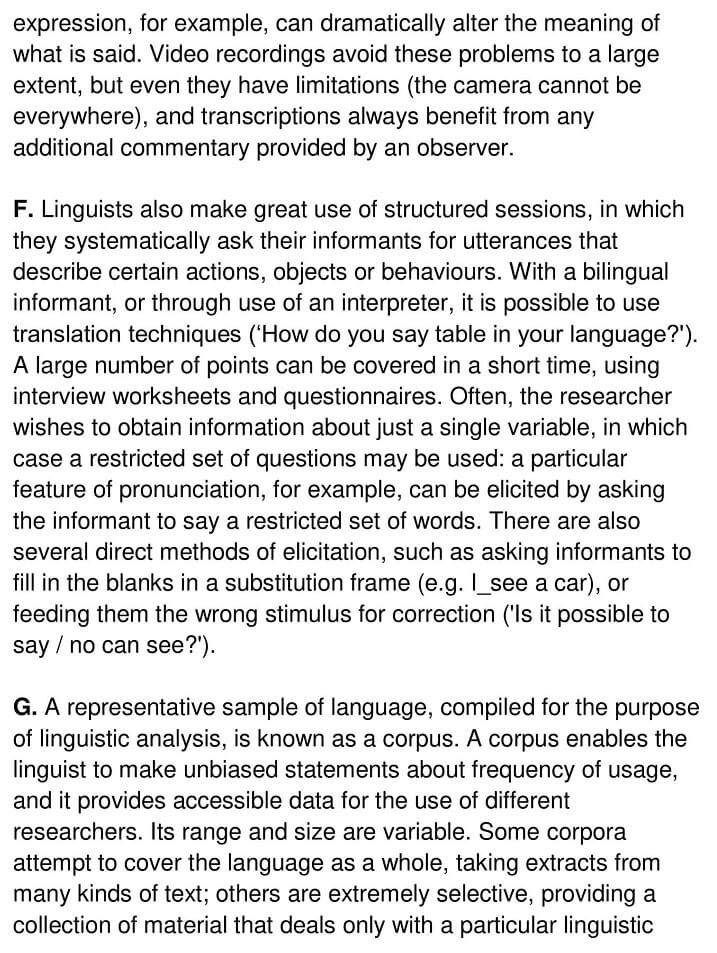
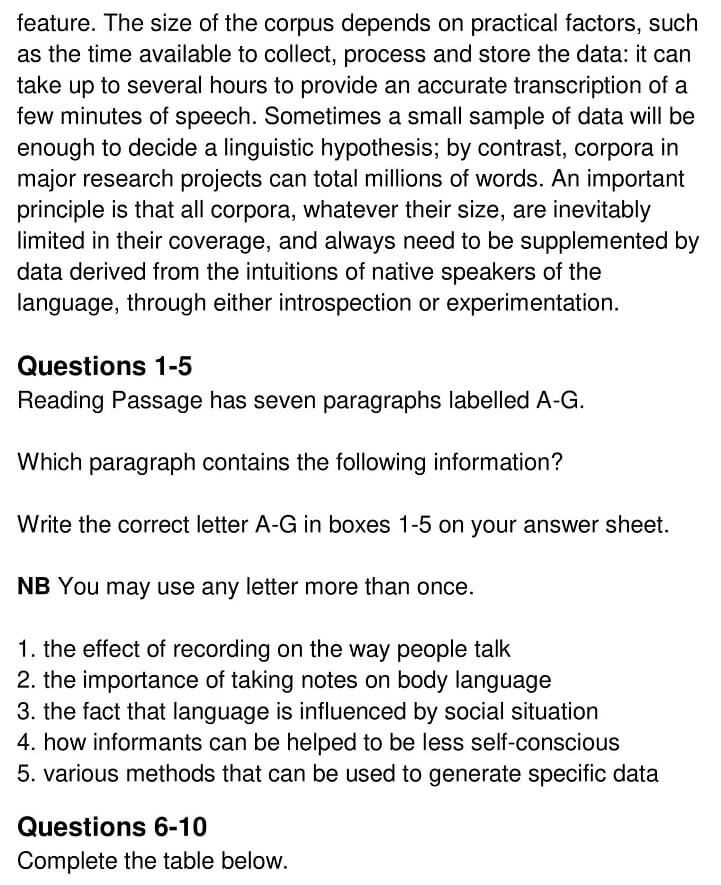
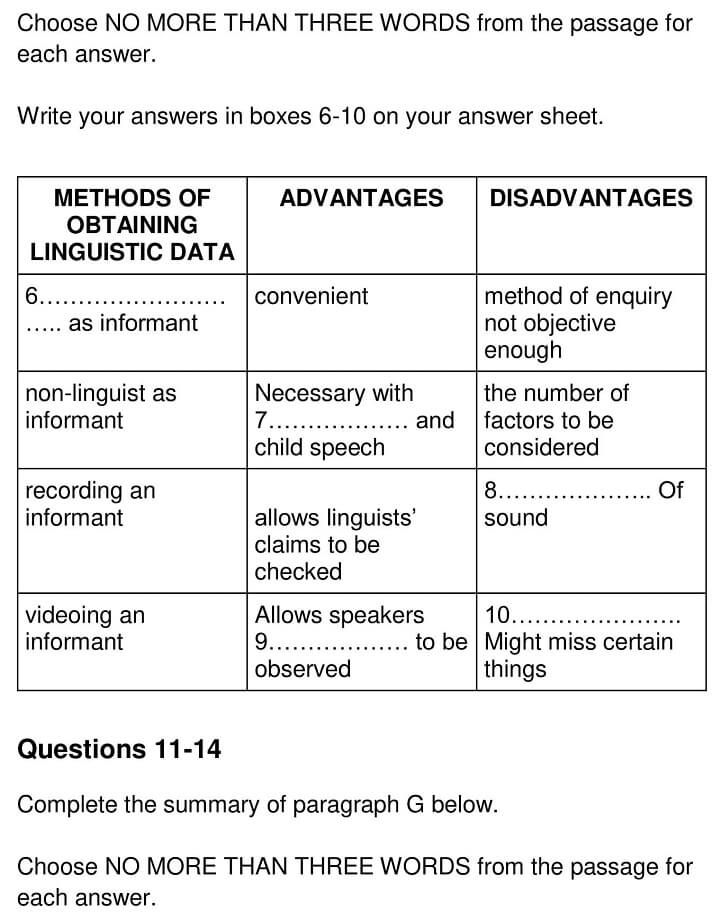
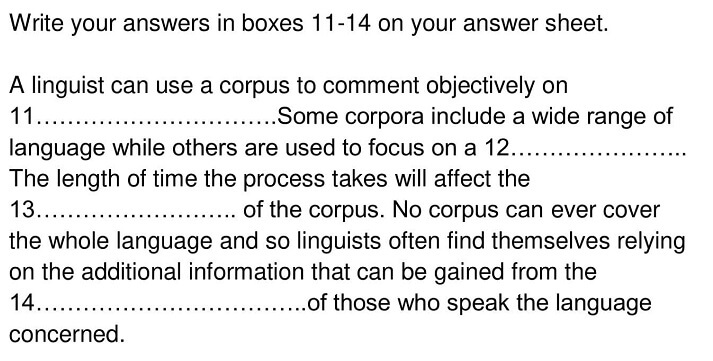
Answers
Unlock Answers
| Question number | Answer | Keywords | Location of keywords |
|---|---|---|---|
| 1 | D | People talk abnormally when they know they are being recorded, and sound quality can be poor. | Paragraph D;
Line 4 |
| 2 | E | Where possible, therefore, the recording has to be supplemented by the observer’s written comments on the non-verbal behaviour of the participants, | Paragraph E;
Line 2 |
| 3 | C | Age, sex, social background and other aspects of identity are important, as these factors are known to influence the kind of language used. | Paragraph C;
Line 2 |
| 4 | D | Alternatively, attempts can be made to make the speaker forget about the recording, such as keeping the tape recorder out of sight, or using radio microphones. | Paragraph D;
Line 7 |
| 5 | F | Linguists also make great use of structured sessions, in which they systematically ask their informants for utterances that describe certain actions, objects or behaviours. | Paragraph F;
First line |
| 6 | (the) linguist (acts)/ (the) linguists (act) | Often, when studying their mother tongue, linguists act as their own informants, | Paragraph B;
Line 2 |
| 7 | foreign languages | The latter procedure is unavoidable when working on foreign languages, or child speech. | Paragraph B;
Last line |
| 8 | quality/ the quality/ the poor quality | People talk abnormally when they know they are being recorded, and sound quality can be poor. | Paragraph D;
Line 4 |
| 9 | non-verbal behaviour | Where possible, therefore, the recording has to be supplemented by the observer’s written comments on the non-verbal behaviour of the participants, | Paragraph E;
Line 2 |
| 10 | camera/ video camera/ recording/ video recording | Video recordings avoid these problems to a large extent, but even they have limitations (the camera cannot be everywhere), | Paragraph E;
Line 3 |
| 11 | frequency of usage/ usage frequency | A corpus enables the linguist to make unbiased statements about frequency of usage | Paragraph G;
Line 2 |
| 12 | particular linguistic feature | Some corpora attempt to cover the language as a whole, taking extracts from many kinds of text; others are extremely selective, providing a collection of material that deals only with a particular linguistic feature | Paragraph G;
Line 4 |
| 13 | size | The size of the corpus depends on practical factors, such as the time available to collect, process and store the data | Paragraph G;
Line 5 |
| 14 | intuitions | An important principle is that all corpora, whatever their size, are inevitably limited in their coverage, and always need to be supplemented by data derived from the intuitions of native speakers of the language, through either introspection or experimentation. | Paragraph G;
Line 7 |
Check More IELTS Reading Answers
Also check :
Practice IELTS Reading based on question types

Start Preparing for IELTS: Get Your 10-Day Study Plan Today!
Recent Articles

Nehasri Ravishenbagam

Haniya Yashfeen

Haniya Yashfeen

Haniya Yashfeen
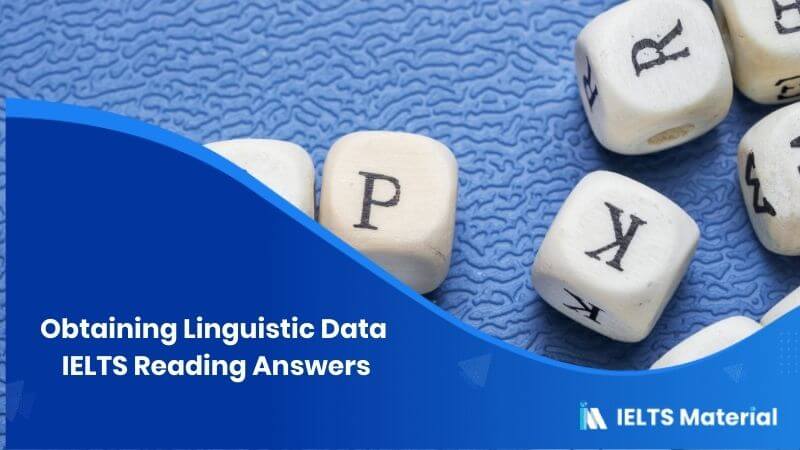



Post your Comments